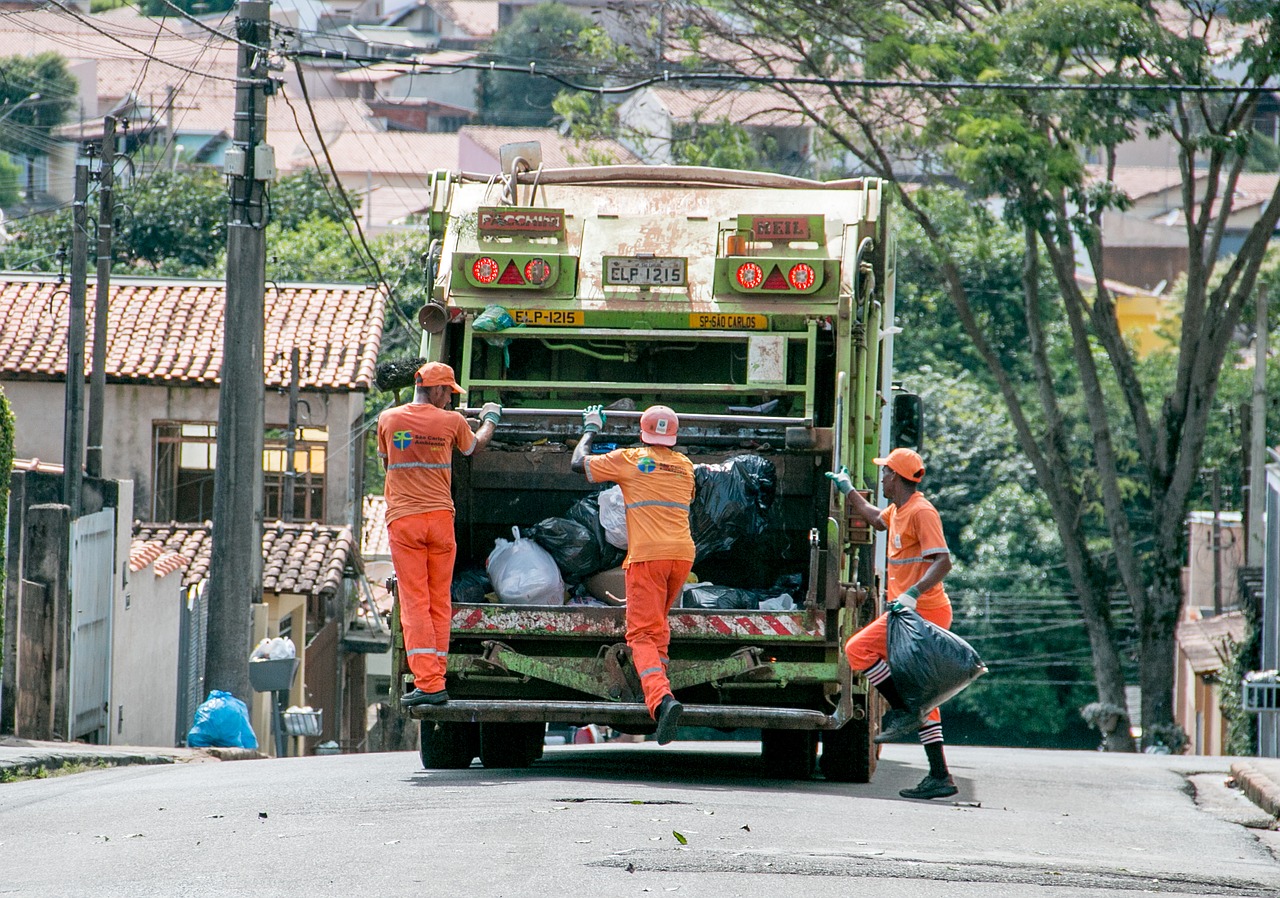Your trash, sorted: Malaysia’s waste separation system explained
I’m sure many of us know by now that the government has made
trash separation mandatory for several states around the country: Johor,
Melaka, Negeri Sembilan, Pahang, Kedah, Perlis, and two Federal Territories,
Kuala Lumpur and Putrajaya.
I’m quite glad the government is making more of an effort to
whip us into shape and get into the recycling game. A household can be fined up
to RM1000 for failing to separate their trash. But if you’re a little confused
about the system, don’t worry, we’re going to break it down for you here.
Waste categories
There are two main categories of waste: residual and
recyclable.
Residual waste:
- Kitchen waste
- Food waste
- Contaminated materials like food wrapper
- Disposable diapers
Recyclable waste:
- Paper
- Plastic
- Glass, ceramic
- Metal, steel, aluminium cans
- Electronic waste, small electronic appliances
- Leather, rubber, shoes, fabrics
- Hazardous waste like paint thinners, aerosol
cans, poison, paint containers
- Bulky waste
- Garden and farm waste
What you need to do is separate each type of trash into
different coloured bags and place it in the right area for collection. For
residual waste, it can all be packed into one plastic bag of any colour and
placed inside your trash bin.
Colour-coded waste
For residual waste, it should be separated into either
green, blue, or white bags and placed next to your trash bin. Below is a
breakdown of which coloured bag to use for each type of recyclable waste:
- Blue: Paper
- White: Glass, ceramic
- Green: Metal, steel, aluminium cans, electronic
waste, small electronic appliances, leather, rubber, shoes, fabrics, hazardous
waste like paint thinners, aerosol cans, poison, paint containers
Make sure to use separate bags for each type of waste that
requires a green bag. To ease the job for the garbage collectors and other
waste handlers, you can also label each bag with a marker so that the
collectors know what’s in each green bag.
Bulkier waste can be left as is, and you can call your local
municipal council to organise a pick up for these bulky items. It’s best to
spread the word to your neighbours as well so that the collection can be done
all at once.
Collection schedule
The collection system will be a 2 x 1 collection. This means
that residual waste will be collected twice a week while recyclable waste will
be collected once a week. If you’d like to know the specific days the garbage
collectors will be by your area, you can call the Ministry of Urban Wellbeing,
Housing, and Local Government (KPKT) at these numbers:
- Kuala Lumpur: 603 2245 9292
- Putrajaya: 603 8890 5088
- Johor: 607 222 6476
- Melaka: 606 283 8953
- Negeri Sembilan: 606 763 6030
- Pahang: 609 566 3151
- Kedah: 604 735 4286
- Perlis: 604 976 9834
Malaysia generates
more waste than the global average
According to The World Bank’s 2013 report on solid waste,
What a Waste: A Global Review of Solid Waste Management, Malaysia generated
1.52 kg of waste per household each day, which was above the global average.
Per day, the country generated 21,918 tonnes of solid waste. Since then, the
numbers have only increased.
As of September 2015, there are 163 landfills in Malaysia
and only 4 incinerators with a capacity of incinerating 175 tonnes of waste per
day. So although this new system may sound a little bit complicated at first,
it’s one step forward to reducing the number of landfills we have in this
country. Once you get into the groove, you won’t even think twice about it.
After all, we only have one planet, and we really should take care of it.
We need to change our
habits
It will take more than just a strict enforcement of policy
by authorities to change the way trash is handled here in Malaysia. Recycling
is just not part of the culture, and many people aren’t conscientious about the
environment. This can change, though. We need schools and parents to be
proactive in enforcing the habit of recycling in children, and we all need to
shoulder the responsibility of caring for the planet together.
Written by Kathleen Fernandez


